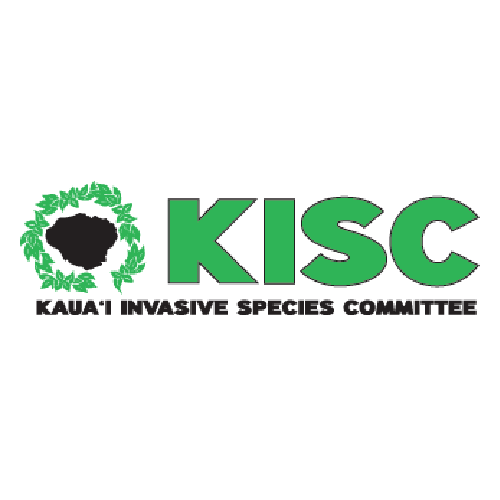Family: Brassicaceae
Brassica carinata (ethiopian mustard, abyssinian cabbage) is a leaf vegetable native to Ethiopia. It is said to be first cultivated there about 4000 years BC. It is cultivated as an oilseed crop in Ethiopia, and has been used to develop aviation fuel. In 2012, a major breakthrough occurred when a jet aircraft completed its first successful flight powered solely by biofuel made from Brassica carinata. Furthermore, the leftover byproduct generated during the production of Brassica carinata oil is repurposed as a protein-rich meal for animal fodder. It is not known to be naturalized anywhere in the U.S. since 2014.
High Risk Traits:
- Broad climate suitability
- Thrives and spreads in regions with tropical climates
- Possibly naturalized outside native range (unconfirmed)
- Common cultivation escape
- Other Brassica species are invasive weeds
- May be allelopathic
- Contains glucosinolates that can be toxic to livestock
- Host of other crop pests and pathogens
- Tolerates many soil types
- Reproduces by seeds
- Hybridizes with other Brassica species (but rarely under natural conditions)
- Self-fertile
- Quickly reaches maturity
- Seeds dispersed intentionally through cultivation and unintentionally through activities related to cultivation (equipment, bird seed contaminant, possible crop contaminant)
- Prolific seed production under cultivation
Low Risk Traits:
- Valued as a palatable pasture species, with no verified negative impacts reported
- Unarmed (no spines, thorns, or burrs)
- Palatable (despite potential toxicity)
- Grows best in high light environments (dense shade may inhibit spread)
- Herbicides may provide effective control if needed




